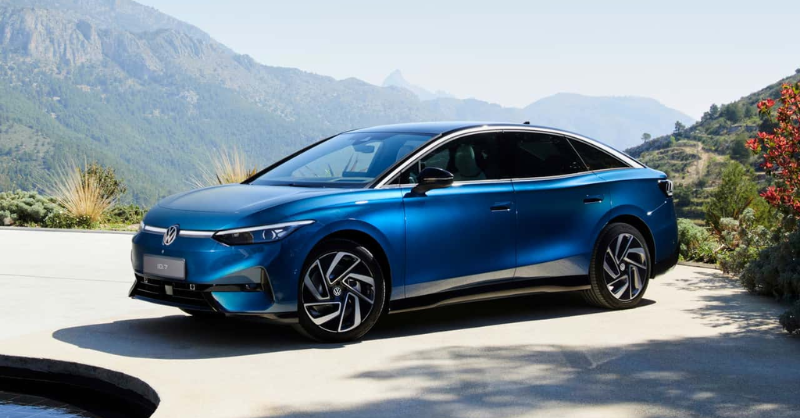
Scooters - a silver bullet to cut fossil fuel use?
Our cities need micro mobility (scooters and bikes) to work if we are to reduce car use, as they can replace shorter distance trips and first/last mile travel.
Summary: Our cities need micro mobility (scooters and bikes) to work if we are to reduce car use, as they can replace shorter distance trips and first/last mile travel. As well as the air pollution reductions and wider social benefits, decarbonising scooters could be one of the biggest measures we could take to reduce fossil fuel use in transport. So why are we not talking about this more?
The big theme: Electric vehicles are a key technology to decarbonise road transport, a sector that accounts for 16% of global emissions. But despite what you might think, it's not just about cars, or even trucks & buses. If you look outside of Europe and North America, two/three wheelers are really important. And they could be important in developed markets as well, as we transition toward a lower car use future in our biggest cities.
"Two/three-wheelers are easy to electrify because their light weight and short driving distances require relatively small batteries, which also raises fewer issues related to charging from power systems. On a total cost of ownership basis, electrification already makes economic sense in some regions."
IEA Global EV Outlook 2021

The details
Summary of a study published by BNEF:
BNEF reports are always worth a read, even if you don't always agree with all of their conclusions. The data point I found most interesting in their latest report was about the displacement of oil demand by EV's. Apparently vans & trucks displace nearly 60,000 barrels per day, then up to passenger cars at nearly 200,000 barrels, buses at just over 230,000 barrels and then a massive step up (and we mean massive) to two & three wheelers (scooters and small motorbikes to you and me) at over 1m barrels per day. So scooters currently reduce oil use by twice as much as vans, buses and cars combined.
Why this is important
We talked about this topic back in our Feb 25th blog in the context of battery swapping for electric scooters. But the general point is worth repeating. To most western countries, EV's are about cars and vans, and maybe buses and some trucks. But in the developing world, especially Asia, EV's also mean two and three wheelers.
According to the Redefining Energy podcast on this topic (no 76), there are 500m two wheelers in Asia, and 60m are sold every year. As someone who spent some time in Asia, the success of this format is not a massive surprise. Small scooters are very popular, offering a cheap and easy way of getting around.
Market Prospects reports that the world’s top 10 motorcycle and scooter markets are in order: China, India, Indonesia, Vietnam, Brazil, Thailand, the Philippines, the United States, Pakistan, and Taiwan. And Meticulous Research estimates that the market is expected to record a CAGR growth of 28.9% from 2022–2029 to reach $ 625.03 billion by 2029 or c. 266m units.
Growth is expected to be mainly in Asia where two/three-wheelers are already prevalent. The global stock of electric two/three-wheelers is forecast to increase from over 290 million in 2020 to between 385 m and 490m by 2030, making up 30-40% of the total stock and potentially 75% of all sales.
As well as outright sales of two wheelers, there is also a growing market for scooter short term hire. Yes, this segment took a massive hit during COVID (no surprise). And many companies in the sector struggled financially. But, as the lockdown's become a memory (in most countries), there is now a greater degree of confidence that the sector will bounce back, maybe stronger than before.
Back in 2020 McKinsey boosted their long term (2030) outlook for the sector, with their surveys suggesting "the number of respondents willing to use micro mobility in the next normal on a regular basis will increase by 9% for private micro mobility and by 12% for shared micro mobility compared to precrisis levels". This is a step up from their 2019 forecasts, which predicted that the micro mobility industry would be a $300 billion to $500 billion market by 2030.
Something a little more bespoke?
Get in touch if there is a particular topic you would like us to write on. Just for you.
Contact us
Please read: important legal stuff.

